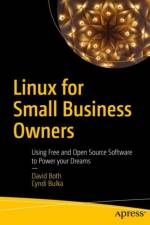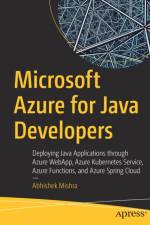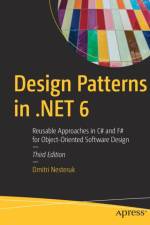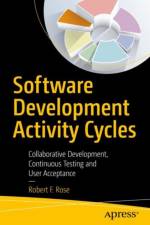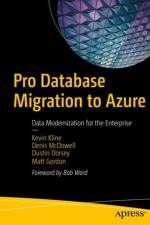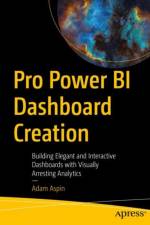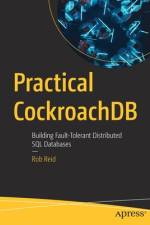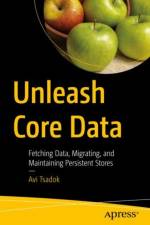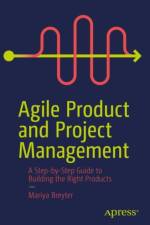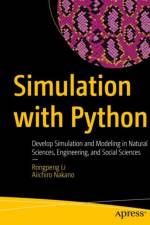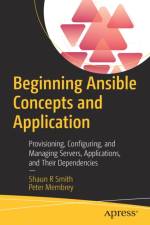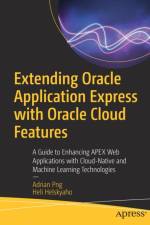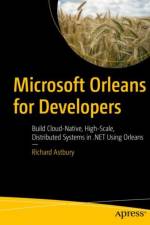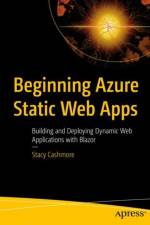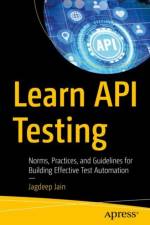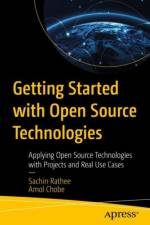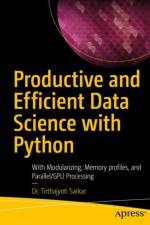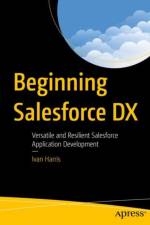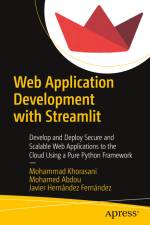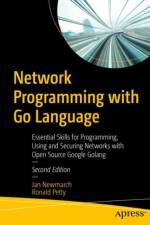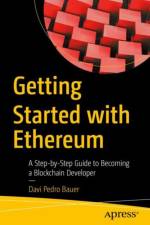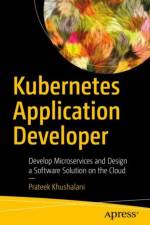von Mariya Breyter
50,00 €
Use this comprehensive Agile product and project management guide with real-world case studies and examples for self-learning or as a student textbook. Whether you are a CEO or a student, this book will take you from Agile delivery to team topology and product-market fit.Agile delivery is becoming a mainstream project management framework, increasing demand for an understanding of modern related concepts. Agile Product and Project Management covers IT delivery and project management basics while approaching IT as a customer-centric product delivery ecosystem. The book covers two major topics: building the RIGHT product and building the product RIGHT. Each chapter builds on the materials in the previous chapter. Terminology and exercises are introduced sequentially. The book takes you on a journey from identifying a product using Agile principles to delivering and iterating on this process, step-by-step. The final chapter provides practical advice on role-based interviews, career progression, professional certifications and affiliations, and communities of practice.You'll LearnThe Objectives and Key Results (OKR) framework, which explains why every project has to align with organizational objectives and how these objectives are used to measure project successAgile (Scrum, Kanban, XP), Waterfall, and hybrid product and project management practices, and how to apply the "e;working backwards"e; framework from the customer to IT projectsThe Lean Startup framework of product design, based on the "e;build-measure-learn"e; feedback loop, and compared with Waterfall requirements gathering and project scope managementDesign Thinking and customer research practicesThe product backlog taxonomy (epic, user story, subtask, bug, etc.), prioritization techniques, ongoing backlog maintenance, and stakeholder communicationMajor aspects of IT delivery, including Agile teams, roles, frameworks, and success criteriaWaterfall planning and Scrum, in detail, including its Sprint structure, artifacts, roles, and ceremonies (meetings) as well as a comparison of Agile scaling frameworksCase studies of modern technology leaders, from startups to FAANGExamples of release plans and delivery reports based on actual projects in a wide range of companies, ways to minimize technical debt, implement DevOps, and establish quality management practices for software productsEffective ways of managing dependencies and delivering products that delight customers and made the Silicon Valley giants successful and allowed for rapid business growthWho This Book Is ForGraduate students specializing in computer science, information systems, project management, and related management areas; practitioners seeking professional development; and project management professionals looking to grow their careers into Agile product and project management

